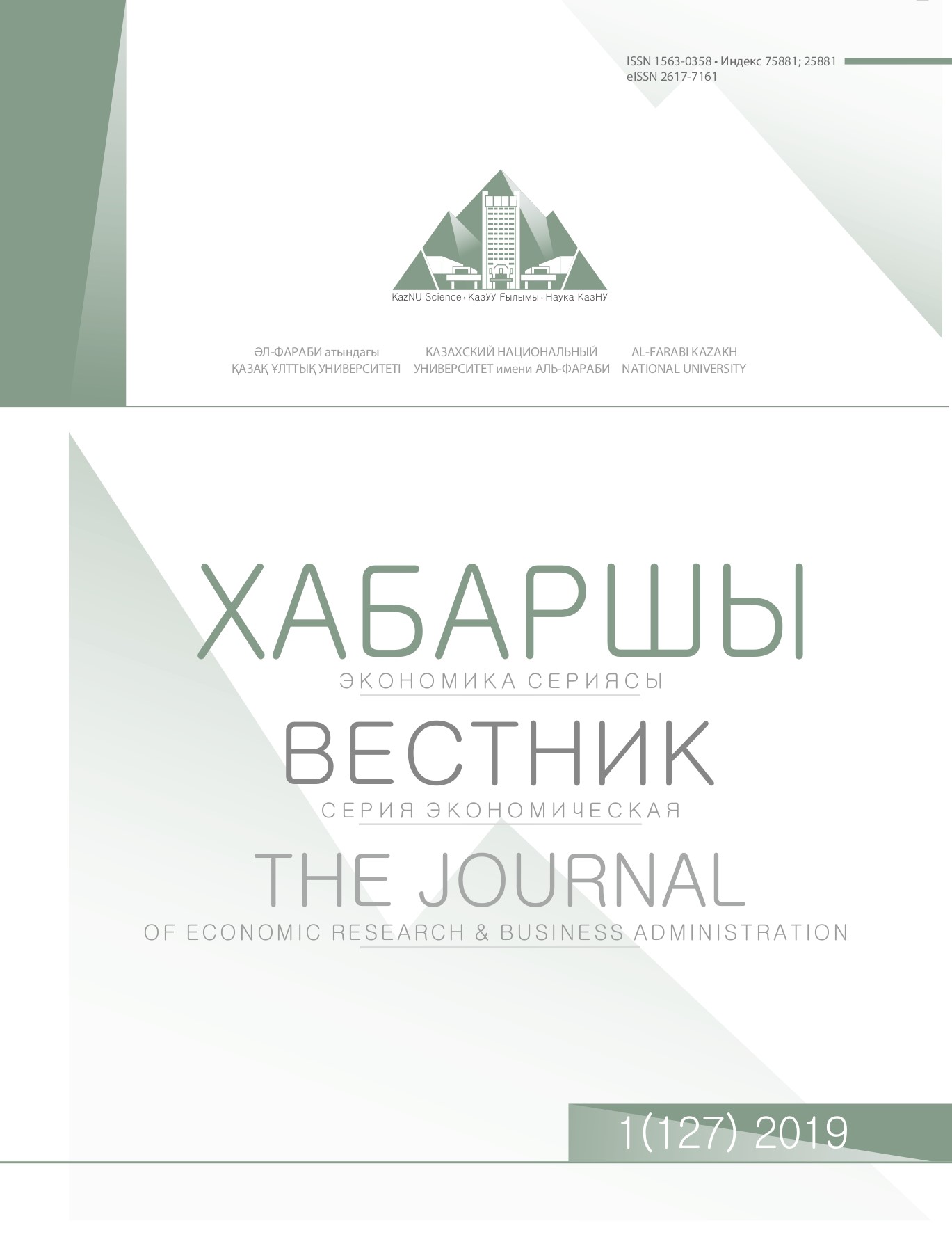THE PROSPECT OF THE DEVELOPMENT OF CROWDFUNDING IN KAZAKHSTAN AS AN ALTERNATIVE FINANCING TOOL
DOI:
https://doi.org/10.26577/be.2019.v127.i1.15Abstract
The article discusses the new direction of financing small and medium businesses – crowdfunding. The definitions of the generic term «crowdfunding» and its particular manifestations – crowdinvesting and crowdlending are given. The example of France, one of the leaders in this area of financing in Europe, where banks and the government recognize the future importance of crowdfunding for the national economy, shows the possibilities of mutually beneficial partnership of this alternative type of financing with institutions. There is an expansion of the functions of crowdfunding platforms in order to maintain competitive advantage. Despite the marked growth of crowdfunding in the last two years and the recently shown interest of the government on the basis of such criteria as organization and size, variety of platforms, degree of national and international activity, the ratio of the banking system and the government, the conclusion is made its immaturity (underdevelopment of the organization, a negligible share of investment in the real economy, an insignificant volume of the market throughout the country, the lack of international cooperation).The stages of crowdfunding development are considered, the features of crowdlending and crowdinvesting, their differences from crowdfunding as a tool with non-financial reward are investigated. A description of the leading crowd sites in the world, as well as categories of popular projects. The article uses the methods of system and descriptive analysis, scientific abstraction, system approach. A brief analysis of the authors’ works investigating this problem is given.




